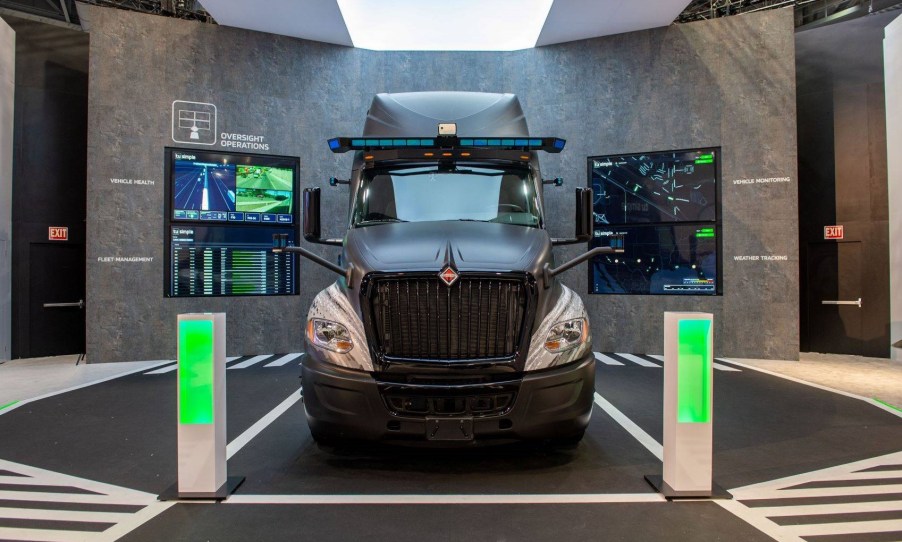
Truck Driver Shortage: Self-Driving Robot Trucks Could Solve the Problem
Like many other industries, the truck driving industry faces a shortage of skilled workers. There aren’t enough truck drivers available to meet the demand for carrying products and materials across the country. However, there is a solution for this problem: autonomous vehicles — or self-driving “robot” trucks.
Why is there a shortage of truck drivers?

The truck driver shortage issue is not only a problem for the trucking industry. It’s a problem for the entire economy. Trucking is an $800 billion industry in the United States. Most of the products that we purchase, whether it’s smartphones, cars, or food, get transported via trucks.
Also, the truck driving shortage problem will likely get worse. As detailed by Today, the American Trucking Association “predicts a shortage of 160,000 truck drivers by the year 2030.” Labor experts claim that a lack of willing truck drivers is not to blame for the problem, though. They say that the truck driver shortage is a result of deregulation in the 1980s that “turned steady truck driving jobs into contractor work with lower wages and tougher working conditions.”
Advantages and disadvantages of self-driving trucks

The biggest advantage of self-driving robot trucks is that they could solve the truck driving shortage problem. After many years of development, self-driving, or autonomous trucks, are close to becoming a practical reality.
Companies need to move an increasingly larger amount of freight at all hours of the day. Making matters even more challenging, the coronavirus (COVID-19) pandemic created severe supply chain issues. Autonomous trucks could move products and materials more efficiently, and companies wouldn’t have to rely on as many drivers.
With the ability to drive at off-peak hours, self-driving trucks would also be advantageous for helping to reduce traffic congestion. Additionally, autonomous trucks wouldn’t have to take breaks like human drivers do or deal with drowsiness. Another advantage is improved fuel efficiency.
Furthermore, self-driving trucks could improve safety, as detailed by the World Economic Forum. Every year, there are hundreds of thousands of truck accidents, resulting in a significant number of deaths and injuries. With its advanced technologies that detect potential collisions, autonomous trucks could reduce the number of accidents.
As far as disadvantages, a significant concern for self-driving trucks is that they will be too effective at replacing human truck drivers — to the point where all human drivers will be out of a job in the future. Also, it’s unclear how, for both legal and insurance purposes, who would be at fault if an autonomous truck gets into an accident.
Are there self-driving trucks on the road today?
Currently, there are self-driving trucks on the road. However, for nearly all of the drives, this testing involves a self-driving truck with a human monitoring it behind the wheel. Self-driving trucking companies and companies developing autonomous trucks include:
- Aurora
- Kodiak Robotics
- Tesla
- Daimler
- Volvo Group
- TuSimple
- Waymo
- Einride
- Gatik
- Embark Trucks
- Pronto AI
- Locomotion
- PlusAI
However, some of these companies are close to making self-driving trucks available for commercial operation. Aurora, one of the biggest and more influential self-driving vehicle technology companies, recently began autonomous deliveries for FedEx on a run between Dallas and Houston. The company claims that by the end of 2023, they won’t have any human drivers inside the self-driving trucks.
With the increasingly problematic truck driver shortage and supply chain issues, self-driving robot trucks could be the solution. What was once a science-fiction vision is now a practical reality.


